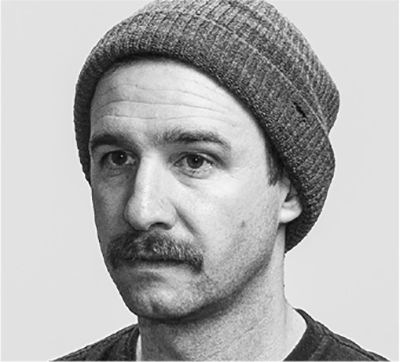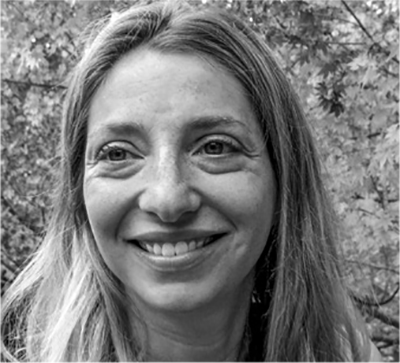HARVEY WHITEHOUSE
Harvey Whitehouse‘s research on group behavior began in 1987, when he lived among the Mali Baining in Papua New Guinea. Based on his observations of religious rituals, Whitehouse developed a theory of how such practices create social glue—a theory he then tested around the world. Whitehouse brings this expertise to bear in his essay about how group psychology can motivate self-sacrifice. “Thanks in part to work in Libya,” Whitehouse says, “we now know a lot about the causes of extreme social bonding and willingness to fight and die for the group.”
KATHRYN JOYCE

In 2014, a dramatic suicide rocked the New York mountain town where journalist Kathryn Joyce grew up: that of Paul McKay, an army officer beset by post-traumatic stress disorder. His long, fraught journey from the Australian suburbs to battlefields in south-central Asia to a snowy grave of his own making is the subject of Joyce’s feature, “The Disappearing Soldier.” His story hit close to home for the New York-based author: “I was a housekeeper where he stayed before he died, and I was driving out of town on the morning he likely died, passing the mountain where his body was later found.”
CARRIE ARNOLD

Recently, Virginia-based writer Carrie Arnold started hearing about a surprising new trigger for eating disorders: the federal government. Arnold details how school obesity-prevention programs appear to instigate or prolong eating disorders in “The Youngest Casualties in the War on Obesity.” “You hear these stories of people who’ve been struggling for 10 or 15 years, and it was triggered by one event in gym class,” Arnold says. “Most school districts really do want to do best by children, but they’re so phobic of obesity that they’re not considering other things that are just as bad as, if not worse than, obesity.”
JOE TORENO

When photographer Joe Toreno first read Carrie Arnold‘s “The Youngest Causalities in the War on Obesity,” a feature on school obesity-prevention programs that trigger eating disorders, he knew the shoot would be a challenge. “[It’s] a hard story to illustrate, because you want to do it in a powerful way, but you have to be sensitive to the subject,” he says. Toreno, a frequent contributor to Pacific Standard, People, and ESPN The Magazine, wanted to draw attention to the fact that, in trying to do something good, these programs might actually be adversely affecting children.
JESSICA PISHKO

Jessica Pishko has long been interested in California’s use of solitary confinement and the alternative programs popping up in its place, one of which—the Step Down Program at Pelican Bay—she details in “The End of Solitary Confinement.” “It’s impossible to think about prison politics without thinking about the solitary confinement situation,” says Pishko, who’s written for Rolling Stone and others. “What’s most interesting about the reporting was the difference in views— the way inmates view the situation, and then the way the California Department of Corrections views the situation.”

For more from Pacific Standard, and to support our work, sign up for our free email newsletter and subscribe to our print magazine, where this piece originally appeared. Digital editions are available in the App Store and on Zinio and other platforms.




